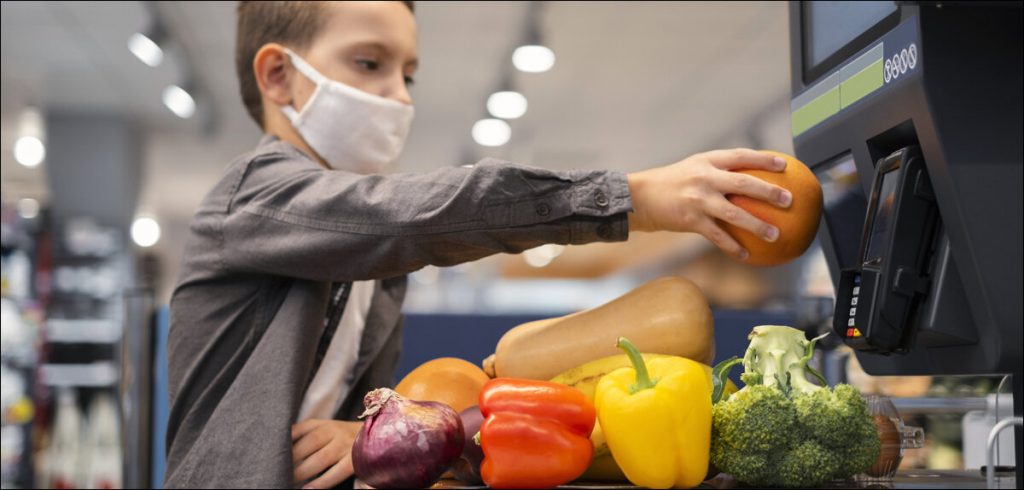“Most Self-checkout systems rely on customers to scan and bag items making it easy to steal items or manipulate the system.”
‘Booths removes almost all self-service checkouts and puts staff back behind tills as experts say the move will cut shoplifting: ‘We listen to our customers’ – they want to speak to a real human”- Daily Mail title reads. But is it so simple to track back to the previous state which will have a semblance of the past? Let’s take a look at the route to balance restoration or is it just a gimmick?
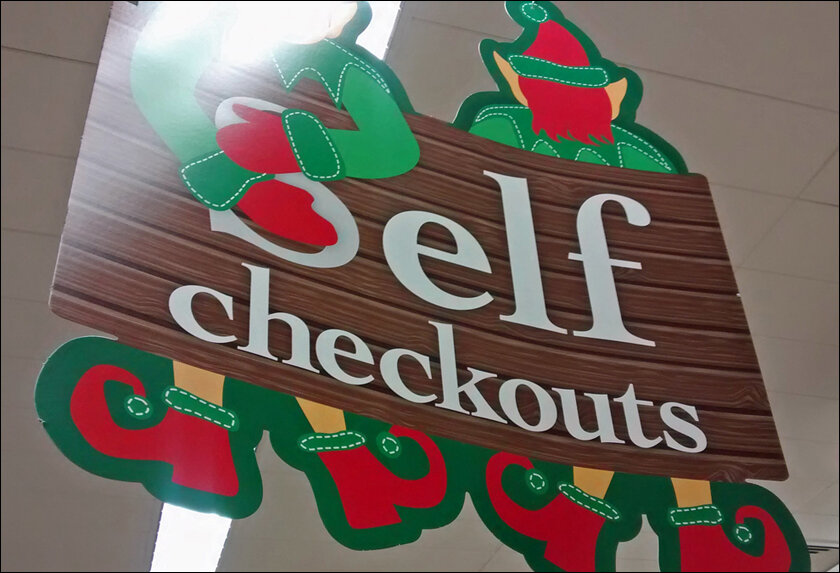
The Advent of Technology in Supermarkets:
The days of purchasing provisions for the month at the traditional corner store are long gone. Retail has evolved into shopping chains like Reliance Fresh and Big Bazaar. Customers now desire to see, touch, and feel the products, as well as compare and price them side by side. The year 2020 demonstrated how the pandemic, evolving customer preferences for grocery, and macroeconomic trends have come together to reshape the traditional role of physical stores.
In the 2000s, when I visited the premium section of the Health and Glow retail store, a lady would follow me to inquire about what I was looking for. This was done not only for customer service, but also to earn incentives, promote brands of value, and, most importantly, prevent theft.
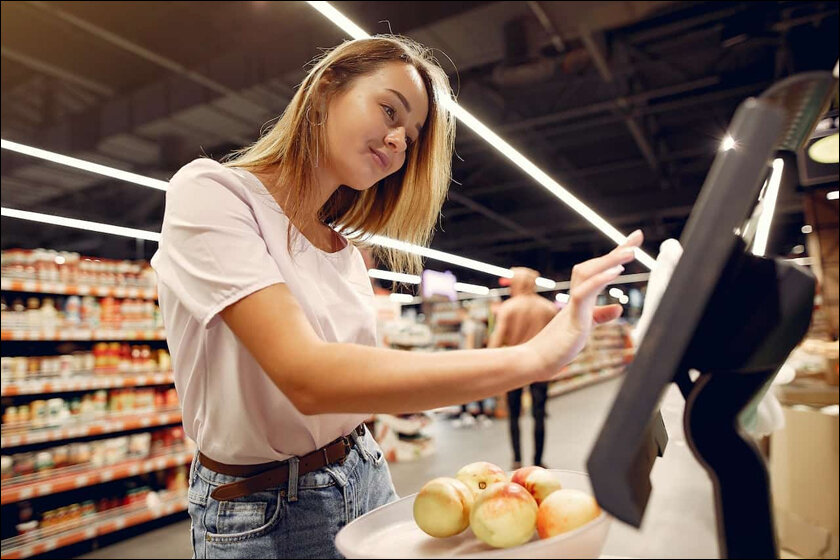
With COVID and distancing, technology has taken the forefront and ‘small baskets’ could be moved to automated tills even in boutique centers. I could just put the clothes in a basket in H&M at a checkout and it would identify the item and price it. However, it did require a watchful eye of a security person looking out suspiciously at a 6 feet distance.
Technology, barcodes, and weight recognition are now an integral part of the shopping experience.
The previous year showed how the pandemic, changing customer preferences for grocery, and macroeconomic trends which led to changes in the traditional function of brick-and-mortar stores. Technology can streamline store operations from checkout and talent management, as customers and supermarkets seek to adapt. It offers a better in-store environment for customers, from merchandising and replenishment, all while helping to manage costs.
Self Service Checkouts Popularity
‘Compared to roughly 29% of shoppers who shop online, more than 70% of consumers use touchless, robust self-checkout alternatives or shop at frictionless micro-markets. Self checkout remains popular, with roughly 75% of shoppers utilizing it to pay for groceries on a regular basis.’
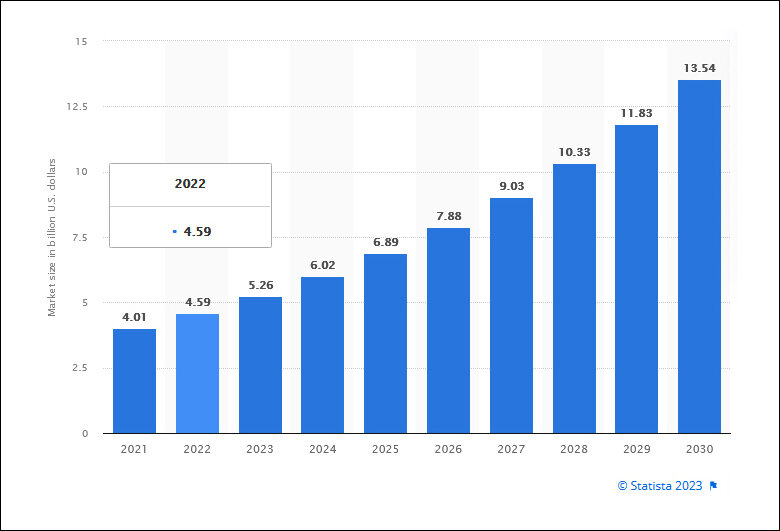
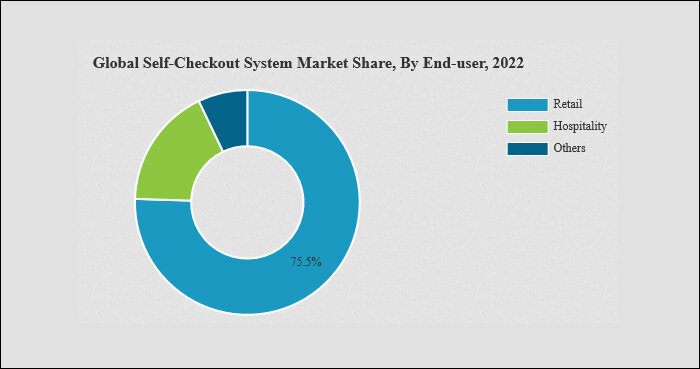
As cited on knowledge-sourcing.com, the self-checkout systems market was estimated at $ 11.041 billion in 2020 and is expected to grow at a CAGR of 19.44% to $ 38.295 billion in 2027. “NCR Corporation introduced self-checkout kiosks in 1986. They were introduced to reduce waiting time and enhance the checkout experience for customers. Some Indian brands such as Big Bazaar, Decathlon, and Pantaloons have embraced self-checkout,” shared Vidhya Krishnaswamy, vice president and head of CPRD (consumer products, retail and distribution), India Business Unit, Capgemini.
In 2021, the estimated value of the market for the self-checkout systems was just over four billion U.S. dollars globally. Over the period between 2021 and 2030, the value of the market size was forecast to grow to 13.54 billion U.S. dollars.
Boon or Bane?
In many respects, the corner grocery operating model has evolved marginally over the past many decades. However, four key challenges will possibly change the long-held conventional wisdom and force supermarkets and grocers to adapt.
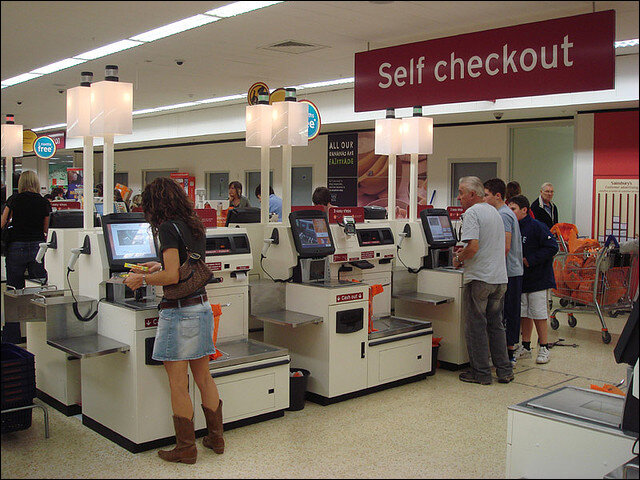
Staff Challenges:
With the rising labour costs and availability challenges, the open roles remain unfulfilled. There are about 1 million open roles in US retail industry. The cost only goes up with incentives and wage and inflation challenges.
Staff requires to constantly be upskilled in view of the technology advancements.
Managing Unpredictable Customer Footfall
It is difficult to predict customer footfall. While foot traffic is increasing, the malls and super markets still are competing with online stores and ecommerce which also helps price comparisons and better deals. It is estimated that foot traffic was 7.6 percent higher in December 2021 compared with 2019. Two superstores illustrated a similar trend in the latter half of the year, although the shopping week that included Thanksgiving and Black Friday was down 12.5 percent from 2019.
Helping the Staff Morale
Freeing up the staff to manage operations is a key aspect of taking away the mundane aspect of a till of scanning multiple items.
While all of the above makes it look like a boon it comes with its issues.
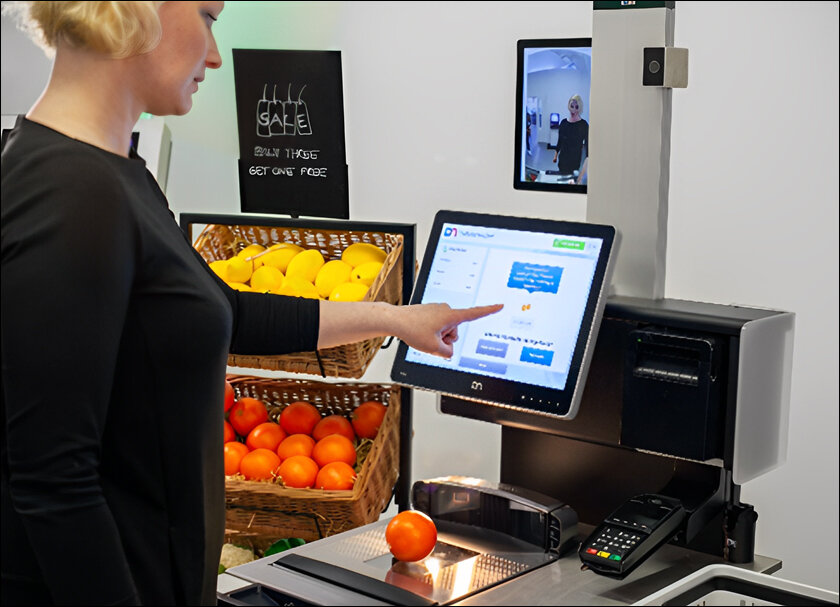
Theft or Popularly Known as Shrink:
Self-service tills are an ‘expensive risk’ amid the shoplifting epidemic. – Booths. In the industry this phenomenon is popularly referred to as the ‘shrink’. In September 2023, Walmart announced it was pulling self-checkout lanes from at least three of its stores in Albuquerque, New Mexico. And last month Target began limiting self-service lanes to customers purchasing 10 items or fewer in some of its stores. It is seen that use of self service at checkouts contributes to product losses from errors and unintentional shoplifting and is also called ‘middle-class’ theft.
In 2022, retailers lost $112.2 billion to the ‘shrink,’ an increase of $20 billion on the year prior.
Self-checkouts make it easier for customers to steal as there are not enough staff in attendance to check whether they are correctly scanning their items or even as simple as carrier bags. Produces – such as fruit, meat and freshly baked goods – do not have barcodes and need to be manually entered into the system. Customers can either intentionally or accidentally key in a cheaper product code creating losses for stores. In a study by personal finance website LendingTree, 15 percent of self-checkout users admit purposefully stealing from a machine. This figure rises to 31 percent when analyzing Gen Z shoppers and 21 percent for millennials. Across the board, over 60 percent of those who had stolen said they felt remorseful, 33 percent said they had been caught – but 44 percent said they would likely do it again.
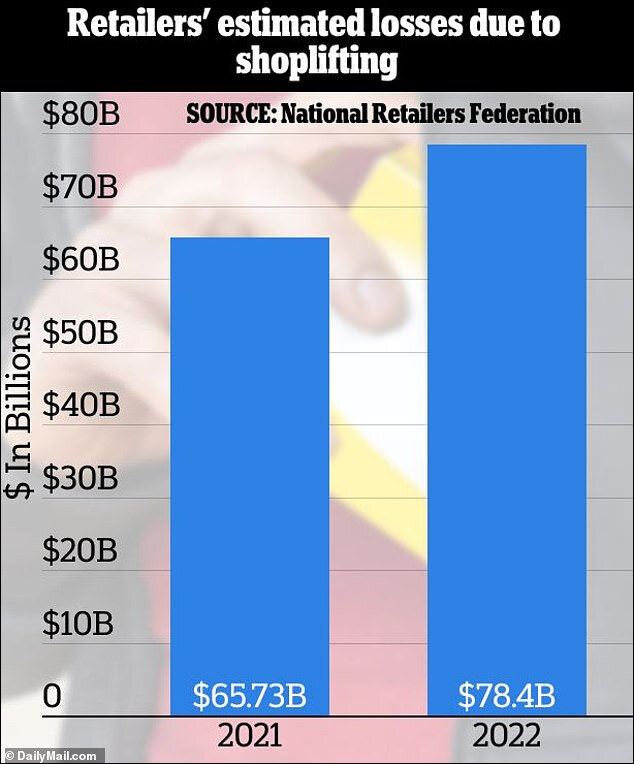
In Person Experience:
A simple greeting can have a significant impact on community ties. Apart from the huge losses incurred by retailers, there are also concerns that self-checkouts exacerbate loneliness. A survey by gambling site PlayUSA discovered that 54% of Baby Boomers-those born between 1946 and 1964-did not endorse the technology.
Ways to Cheat the Checkout:
Most Self-checkout systems rely on customers to scan and bag items making it easy to steal items or manipulate the system. There are popular ways documented in a Sun article:
- Banana Trick – replace the item of higher price with the code from a cheaper item
- The Pass around – remove the item from the conveyor belt without scanning it
- The Switcheroo – peel the sticker from an inexpensive item and place it over the bar code of a pricey item while making sure that both items weigh the same
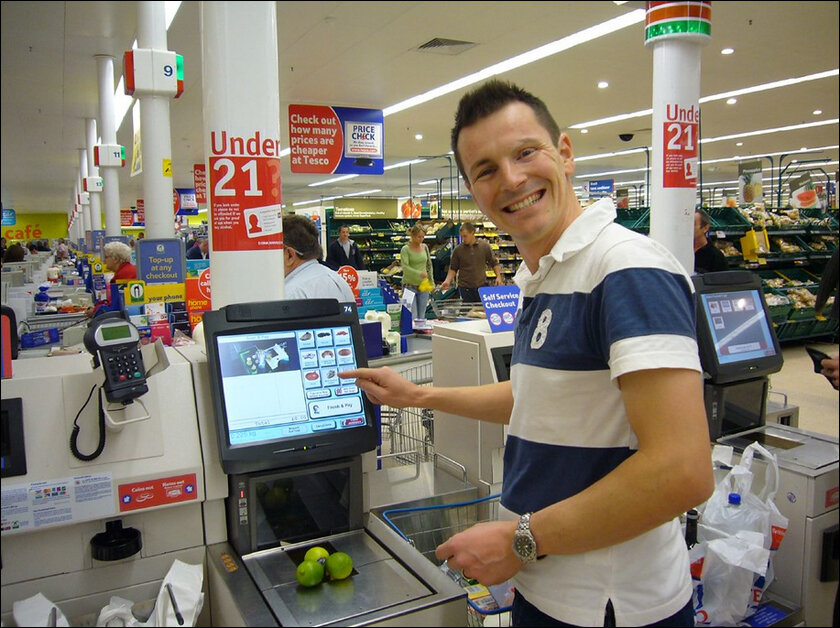
Whats the Middle Path?
The humble Artificial Intelligence could possibly be the future:
a. Self-checkout systems can be vulnerable to fraud, but AI algorithms can help to mitigate this risk. These algorithms analyze customer behavior and real-time transaction data to identify suspicious activity. For example, an algorithm might flag a customer who attempts to scan an item multiple times or removes an item from the basket without scanning it. The algorithm might also detect when a customer manipulates the system by changing the item’s weight or using fake barcodes. By identifying and responding to suspicious activity, AI algorithms can help to protect self-checkout systems from fraud and by alerting security personnel
b. Smart shopping cars that track the item around the store can be an option, but would be very expensive to implement and manage and not possible for small retailers.
c. Filming customers and tracking and setting up a machine learning pattern with time:
- ‘Woolworths has expanded the use of technology that films customers scanning items at self-checkouts to 110 stores in three states, as critics say the functionality could make people feel they are under constant surveillance. For the past year, Woolworths has trialed new self-checkouts with cameras installed overhead to observe customers scanning items. The company said artificial intelligence is used to detect when items are not scanned correctly, with footage of the scan recorded and played back to the customer instructing them to re-scan. Woolworths said the purpose is to prevent accidental wrong scans, but it also works as a loss-prevention tool for the supermarket when, for example, a customer scans fresh produce as a cheaper item instead.. “These technologies are framed as an improvement for customers, but in reality, it is punitive use of automation technology to cut costs on staffing for large corporations while treating every customer as a suspect.”‘
Booths however have decided that ‘rather than artificial intelligence, we’re going for actual intelligence’.
In case you missed:
- None Found



